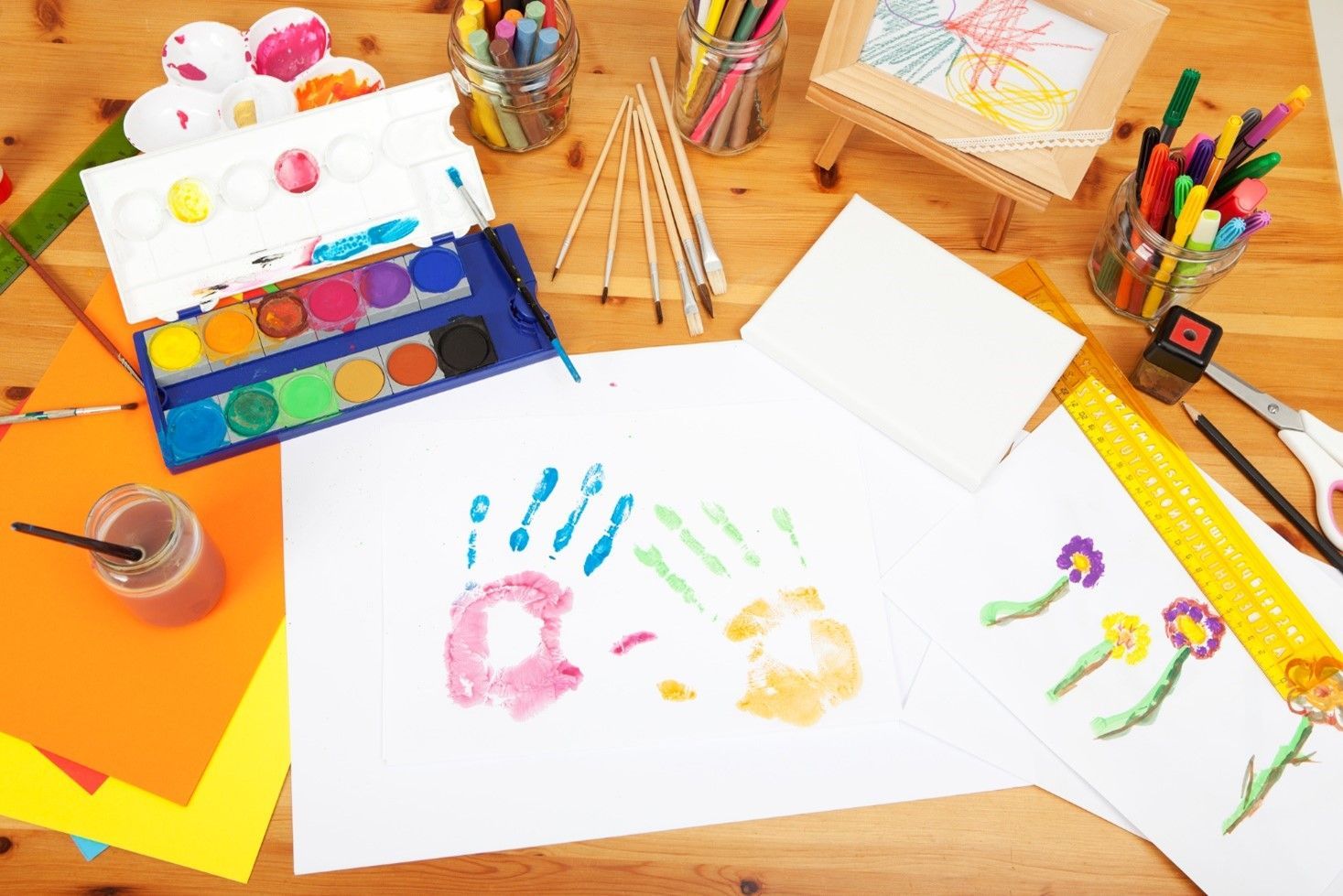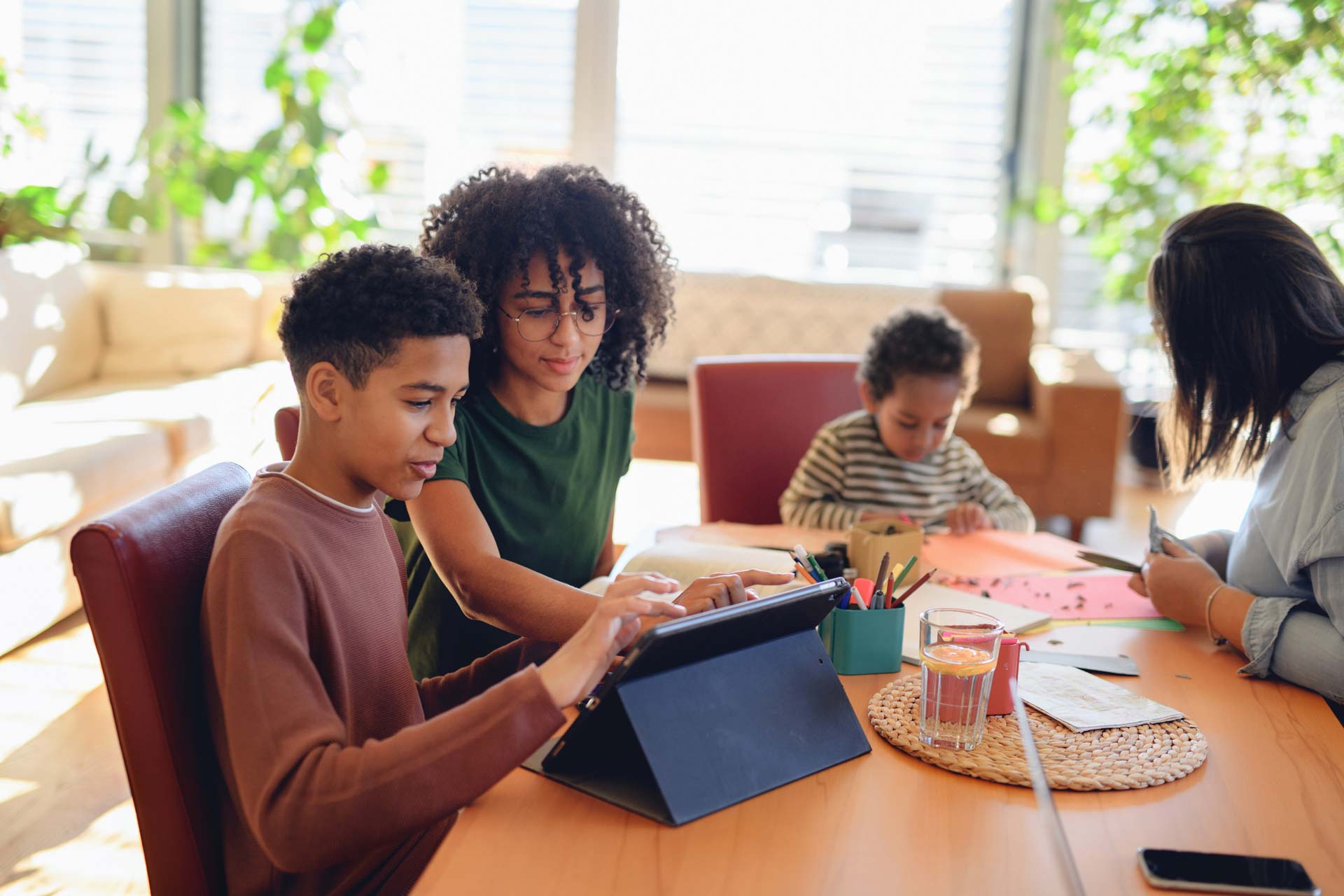4 Benefits of a Child Attending Preschool for Two Years
- By
- •
- 14 Sep, 2022
- •
When a child turns three years old, you have the opportunity to enroll them in a preschool or hold them back for a year and enroll them in preschool when they turn four. You may have your doubts about sending your child to preschool two years in a row, but many benefits come with the experience.
Learn about the benefits of attending preschool for multiple years and how those two years can lay the foundation for their future in learning and traditional school.
1. Repeated Learning
After the first year of preschool, a child will go through much of the same curriculum again the next year. While the idea sounds tedious, the repeated learning comes with a lot of benefits at a young age. Children will learn basic counting, letters, and shapes among other topics. When they go through the topics a second time, the child can really master the skills.
By the end of their second year in kindergarten, the student will know certain subjects and be able to build off those subjects in the future. A child will also improve their handwriting with reinforced writing of their name on a daily basis. Students will also hear the same books and stories over again, which helps them build vocabulary and critical thinking skills.
2. Social Skills & Confidence
When a child attends the same preschool class two years in a row, they will build and expand their social skills when surrounded by other students. By the time the student returns for their second year, the comfort of the same classroom will give them the confidence to speak up, talk to others, and build on their ability to communicate.
These social skills allow them to express feelings to the teacher and other students. A preschool student has the whole first year to ease into things. By the time the second year rolls around, they will feel more comfortable and transition a lot easier. The build-up of confidence and self-esteem will give the student the opportunity to transition easily into future grades.
3. Routines & Classroom Expectations
If a child enters preschool at three years old, they have a chance to learn a lot of routines and classroom expectations. Children will learn how to wash their hands, take care of their backpacks, and follow a basic classroom setting. Children will learn how to raise their hand when asking a question and to line up and walk in an orderly fashion.
By the time their second year starts, those routines will fall into place and can help a child with their own routines at home. A child will learn how to properly follow directions and can gradually build up these skills over the two-year period. From the first day of the first year to the last day of the second year, you will see a big difference in their actions.
4. Fine Motor Skills
The preschool classroom has a wide range of ways for children to improve their fine motor skills. Fine motor skills become essential for everyday tasks, sports, and the development of handwriting. Classrooms often have smaller toys that will improve their fine motor skills. Students will practice handwriting and learn to use classroom tools like glue sticks or scissors.
The development of fine motor skills can extend on throughout their whole life. Two years of building those skills can make a big difference and many preschool activities will focus on those skills. Eventually, a child can use those skills to tie shoes, write for longer, and use objects like forks and knives.
Get your three-year-old started in preschool with Riviera Daycare & Preschool. Our enriched program includes a lot of educational elements and allows your child to thrive before they enter full-day school with more traditional options.






